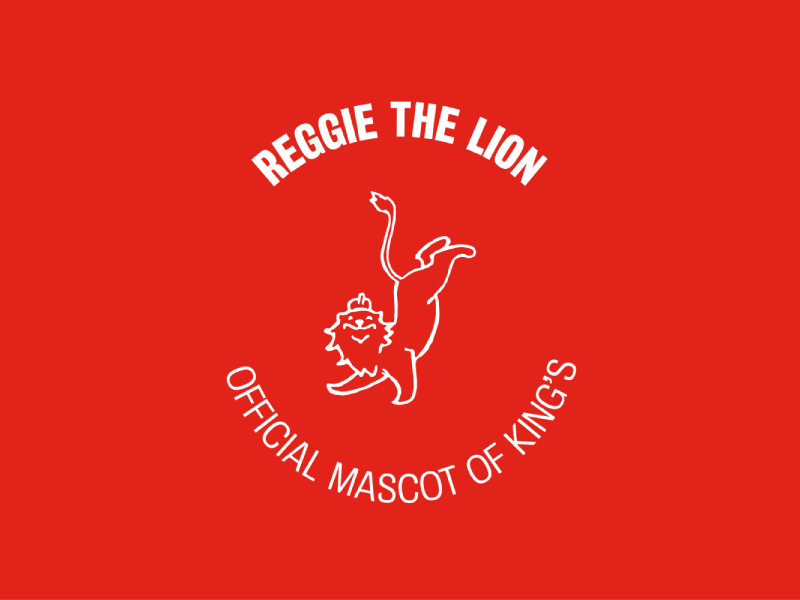
In this issue
100 years of Reggie the Lion
King’s mighty mascot, Reggie the Lion, turns 100 this year! To celebrate the centenary of our fiercest friend, we’ve compiled...
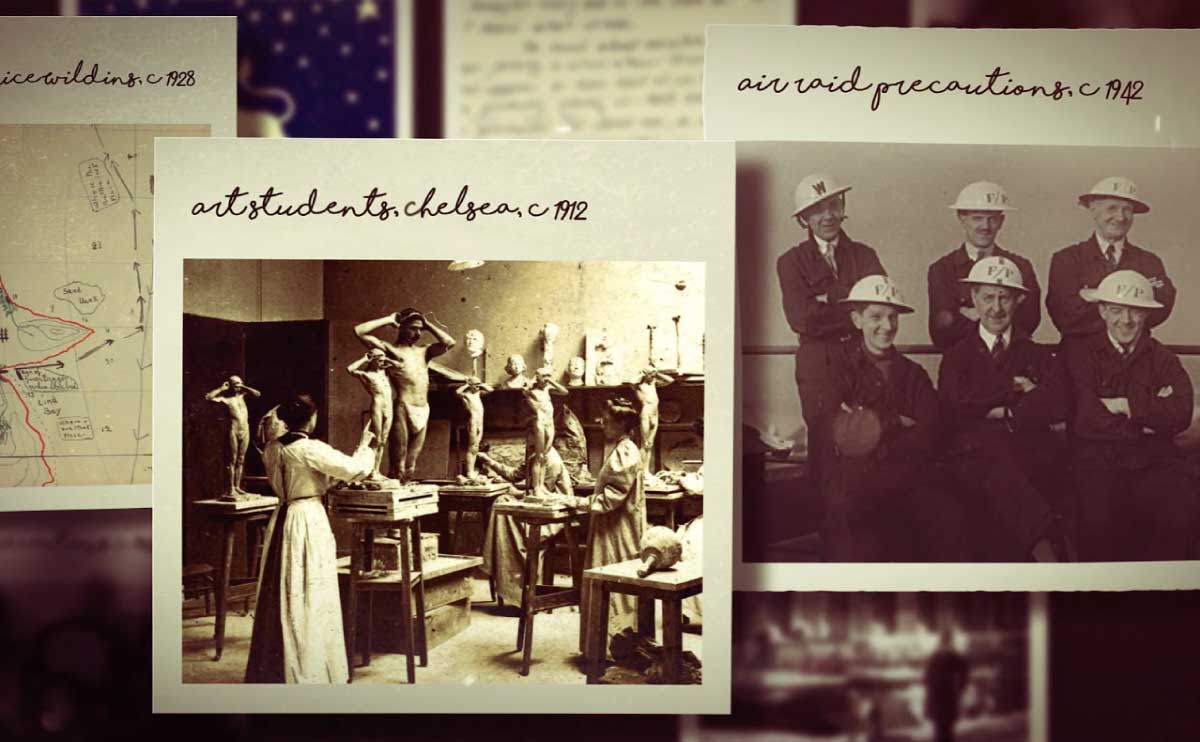
INSIDE KING’S
Read time: 6 mins
The King’s College London Archives hold an immense wealth of knowledge on a huge range of topics. From the history of King’s College London and its merged institutions, through to archival material on subjects including military and defence studies, Empire and Commonwealth, science, medical history and many more, the Archives are an incredible resource for anyone who cares to enquire.
Housed in an upper corner of the Strand Building, the Archives Reading Room is far from what you might picture a university archive to be: it’s bright, with large windows, big open tables and not a plastic glove in sight. The archivists are cheerful and friendly, enthusiastic about the items that they have in their collection and keen for you to handle them – gently, mind (there are document handling guidelines displayed on every table).
The King’s Archives form a huge collection, housing articles on the history of the College that date back to 1828 and document the administration of the university’s early days. For King’s staff and students, external researchers, alumni and the general public, it’s an invaluable resource that tells a fascinating story about King’s College London and the people who have passed through its hallowed halls.
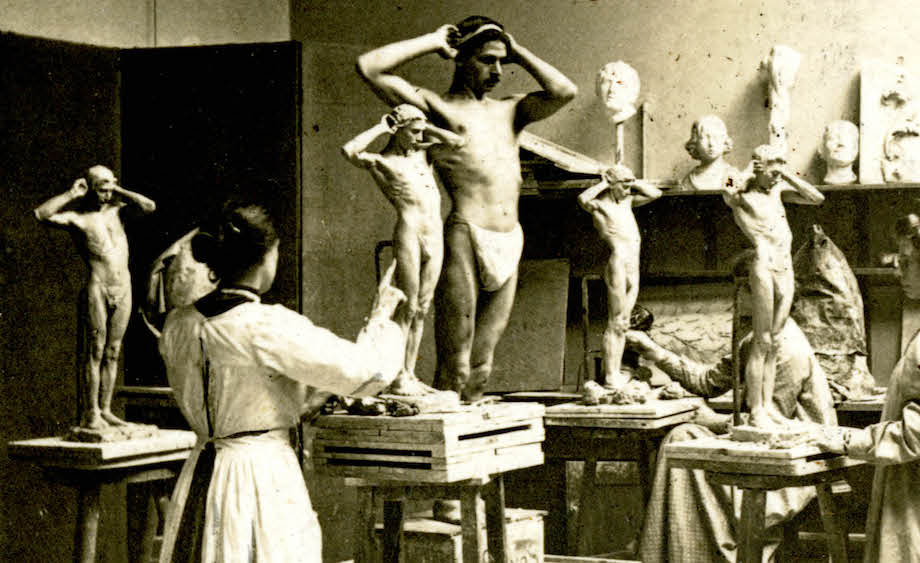
Art students, Chelsea, c 1912
As well as housing older items, the Archives are very much living and breathing. They are constantly receiving new items and figuring out how and where to store them. For an idea of scale, the Archives consists of over 6,000 linear metres of shelving in onsite, offsite and third-party commercial storage: each metre holds ten boxes; each box holds an average of five files; each file holds around 100 pages – and that’s just paper files.
The Liddell Hart Centre is also part of the King’s Archives. Founded in 1964 by Professor Sir Michael Howard, the Centre holds the personal papers of more than 800 senior British defence personnel. The Centre for Military Archives was renamed in honour of Captain Sir Basil Liddell Hart when his papers arrived here. At 1,000 boxes, it’s the single biggest collection in the LHCMA.

Air raid precautions, c 1942
It is a leading archive for research into Britain’s defence policy, including its strategy, planning and conduct. It is resources like these exceptional archival collections that make being part of King’s Department of War Studies so unique. As one of the best defence archives in the world, it is paving the way to new modes of conflict resolution. Having these fantastic primary sources on hand is vital in being able to see where we have come from and what we have yet to learn in this field.

Concertina, c 1840
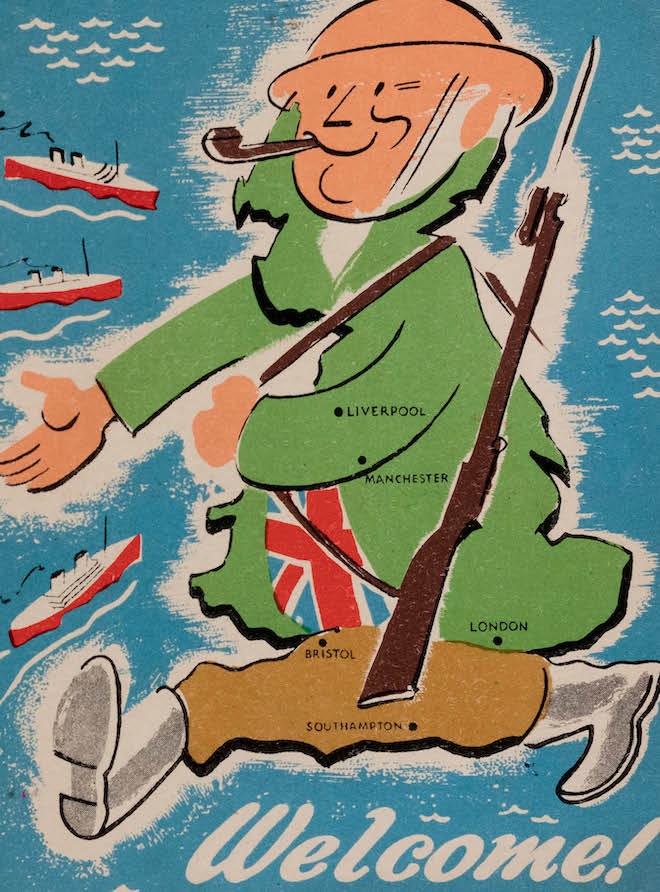
Ministry of Information booklet, c 1942

Reggie by Fougasse
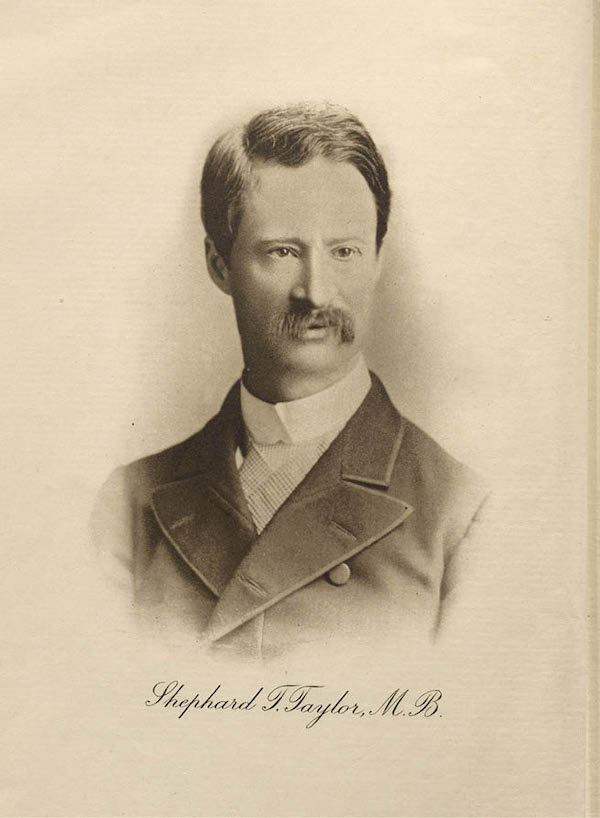
Shephard T Taylor, c 1927

Gilbert St London, c 1890s
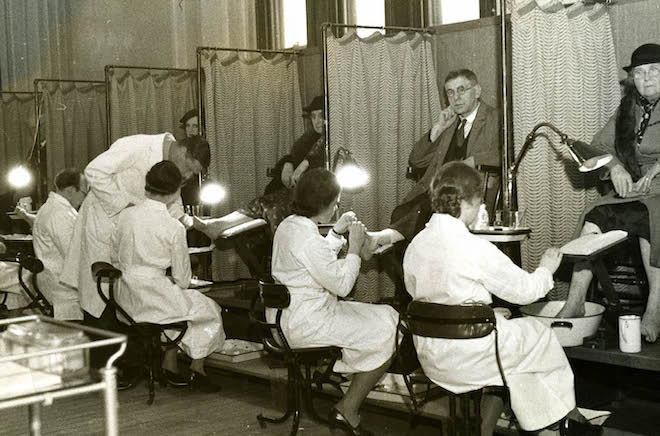
Chiropody students, Chelsea, c 1935
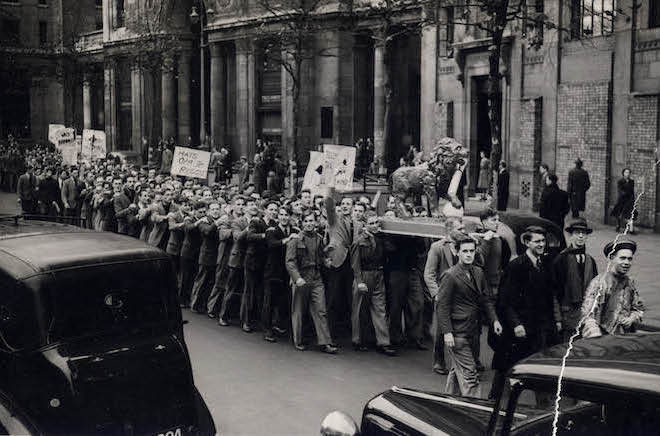
Reggie the Lion, c 1937
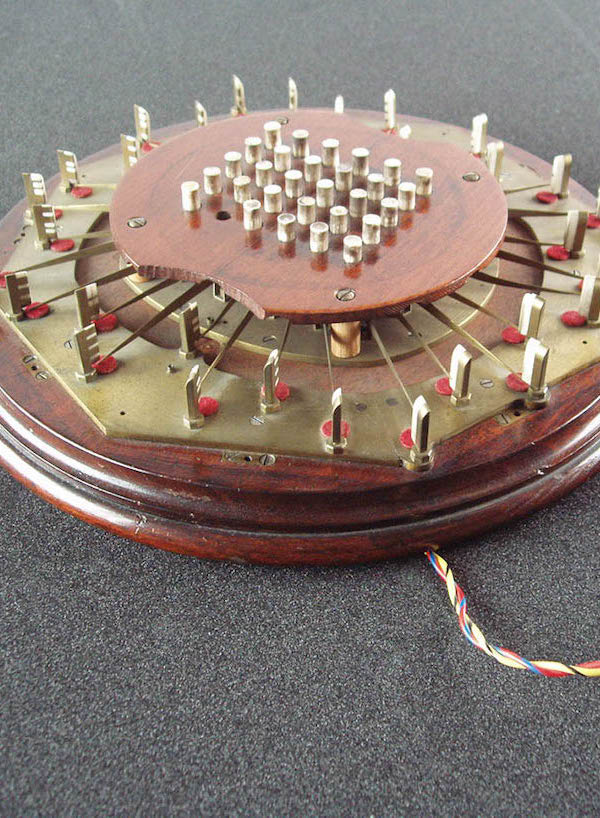
Prototype telegraph, c 1860
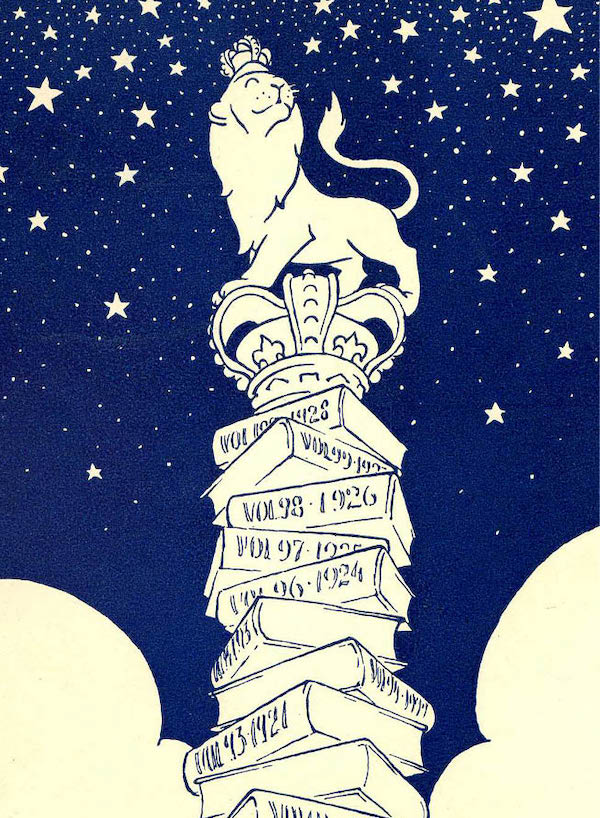
Reggie by Fougasse

The Strand, c 1915
As well as largely focusing on military history, the Liddell Hart Archives can tell a wider story, particularly about colonial administration and the attitudes of colonial officers towards points of racial difference. For example, one standout item is an English-Swahili phrasebook, dated around the early 1930s and from the personal papers of Sir Robert Brooke-Popham, who was Governor of Kenya from 1937 to 1939. It’s a slim document but speaks volumes about the everyday workings of colonial rule abroad. Most of the phrases it gives a translation for are commands (‘do not pretend to be ill’; ‘you have spoiled your cooking’), demonstrating the insidiousness of contemporary colonial attitudes and how pervasive they were.
Though a lot of what these items can tell us about attitudes to race may be challenging to explore, the work of the Archives is to preserve these items and make them available. As a public archive, anyone can come in and request to study an item; the Archives are not a finished project, but a way into difficult conversations about who we were, are and want to be.
In the interest of facing difficult aspects of the past, the Archives are working with the Department of History on a recently introduced interdisciplinary undergraduate module: Investigating the Colonial Past of King’s College London. Open to students in any faculty, this module takes students into direct contact with primary sources held in the Archives to interrogate and face King’s colonial past. The module introduces students who are from vastly different disciplines, often with no experience of working with primary materials, to sources held in the Archives. Through using archival material, students are encouraged to construct their own accounts of King’s history and to support these accounts with carefully chosen evidence. Several students have said that this process of critical reflection has been as important and welcome as the findings themselves.
Though a lot of what these items can tell us about attitudes to race may be challenging to explore, the work of the Archives is to preserve these items and make them available.
A prime aim of the module is to develop critical thinking skills and the ability to consider one event from multiple perspectives, as well as learning to identify bias within a primary text. It’s also to encourage students to look with fresh eyes at an institution that they think they know well, asking questions such as:
In a world where media literacy is an increasingly important skill, this is not to be discounted as one of the module’s notable benefits.
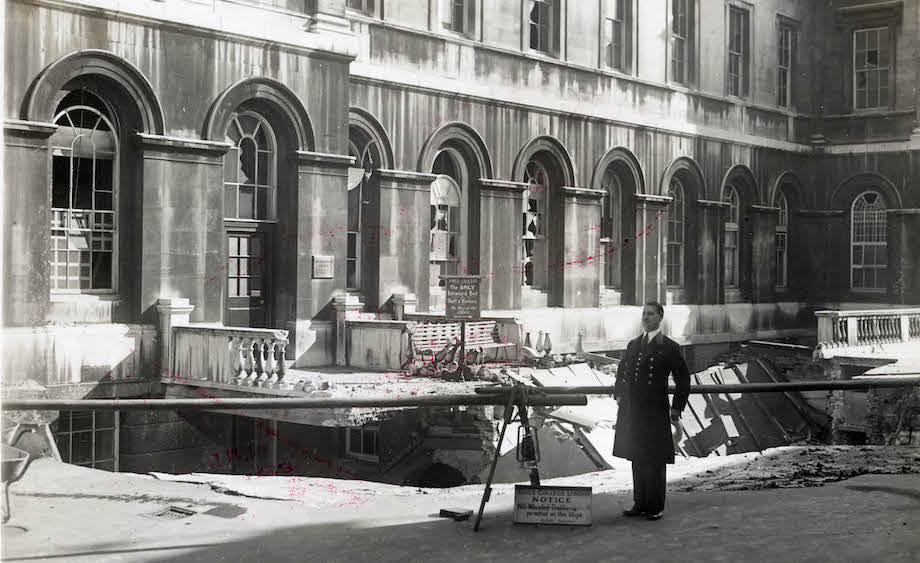
Bomb crater, Strand Quad, c 1940
Given the cultural importance of the King’s Archives, it’s vital to ensure they are preserved and cared for properly so that they can continue enriching minds for decades to come.
Last year, the King’s Archives celebrated their reaccreditation. The Archive Service Accreditation ensures that documents are being looked after to industry standards and the Archives are providing a good service. The Archive Assistants and Senior Archive Assistants, under the guidance of the Archives Services Manager, run the regular customer service aspect of the Archives, while the Collections Manager does just that: managing the collections, cataloguing, helping with research, doing outreach and teaching work, and liaising with donors.
There are also two dedicated members of the team looking after digitising the collection. Collections Manager Kate O’Brien says, ‘We receive an ever-growing number of collections as either born-digital (that is, it’s created digitally and stays that way) or in hybrid digital/analogue formats, and we also create digital surrogates of selected items. These digital copies of paper originals are for use in teaching and research, or to help publicise the collections, but they’ll only ever be a minute proportion of the millions of records the Archives holds. Large-scale digitisation is not a feasible solution to the challenge of expensive physical storage! Keeping digital holdings secure and accessible needs intensive management and continuing maintenance, and moreover the data centres that make cloud storage possible use huge amounts of electricity. Born-digital material will increasingly form a greater proportion of what the Archives hold in the future, but paper will still be stored as paper.’
If you would like to donate material to the Archives, they are always interested in receiving items that describe contemporary student life, such as letters, syllabi, photographs, pamphlets and similar items. However, they do not have much room to store textiles so won’t be able to receive items such as graduation gowns.
![]()
Nicole Kidman visited the Archives as part of her role in the West End play Photograph 51, about King’s alumna Rosalind Franklin and the discovery of the DNA double helix.
![]()
There were lectures held ‘for ladies’ in Kensington Town Hall from 1878, and the ‘ladies department’ opened in Kensington in 1885, which became King’s College for Women in 1910. However, this remained separate to the main Strand Campus until the idea to become co-educational was introduced in 1915. There are letters and memos held in the Archives that demonstrate the anxiety engendered by this decision.
![]()
Maurice Wilkins, the Nobel Prize-winning physicist renowned for his work to discover the double-helix structure of DNA, wrote a wild action-adventure story as a boy in one of his old school copybooks. ‘Radium Island’ is a tale of derring-do, and there’s even, rather premonitorily, a doodle on the cover that looks suspiciously like the double-helix structure Wilkins would be so defined by in his later life.
![]()
The Quad at the Strand Campus was bombed during the Blitz, as seen in the image gallery and above.
![]()
Students used to parade a statue of the university mascot Reggie the Lion through the Quad, and battle with rival University College London to capture their mascot.
To contact the Archives to arrange a visit, or to talk about material that you would like to deposit, email archives@kcl.ac.uk or ring on +44 (0)20 7848 2015.
Help King’s continue to preserve vital historical assets and catalogue modern life for future generations. Find out more.
You must be logged in to post a comment.

King’s mighty mascot, Reggie the Lion, turns 100 this year! To celebrate the centenary of our fiercest friend, we’ve compiled...
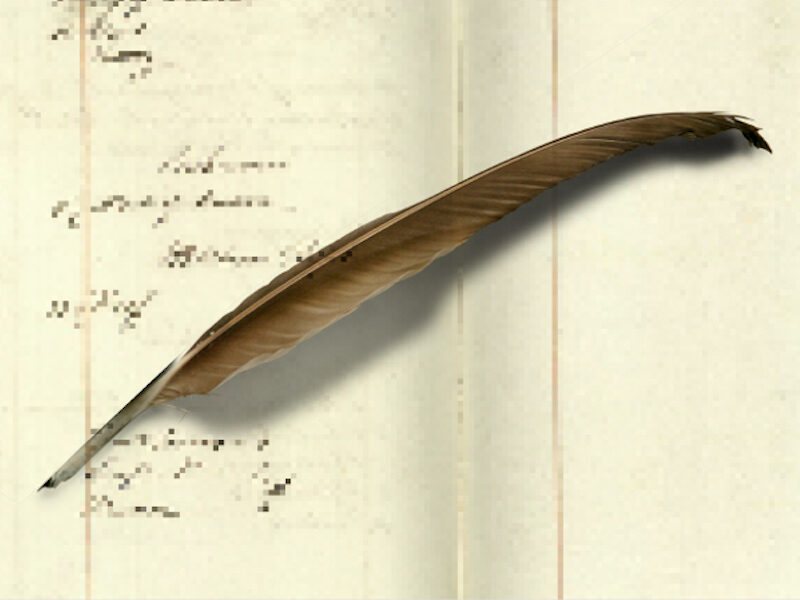
By cataloguing nearly half a million pages and items from the Royal Archives at Windsor Castle, an award-winning King’s project...
Am interested in the Reggie parades and anything to do with the OTC.
Trying to find out what a certificate of graduation looked like from Kings College of London in the 1800s